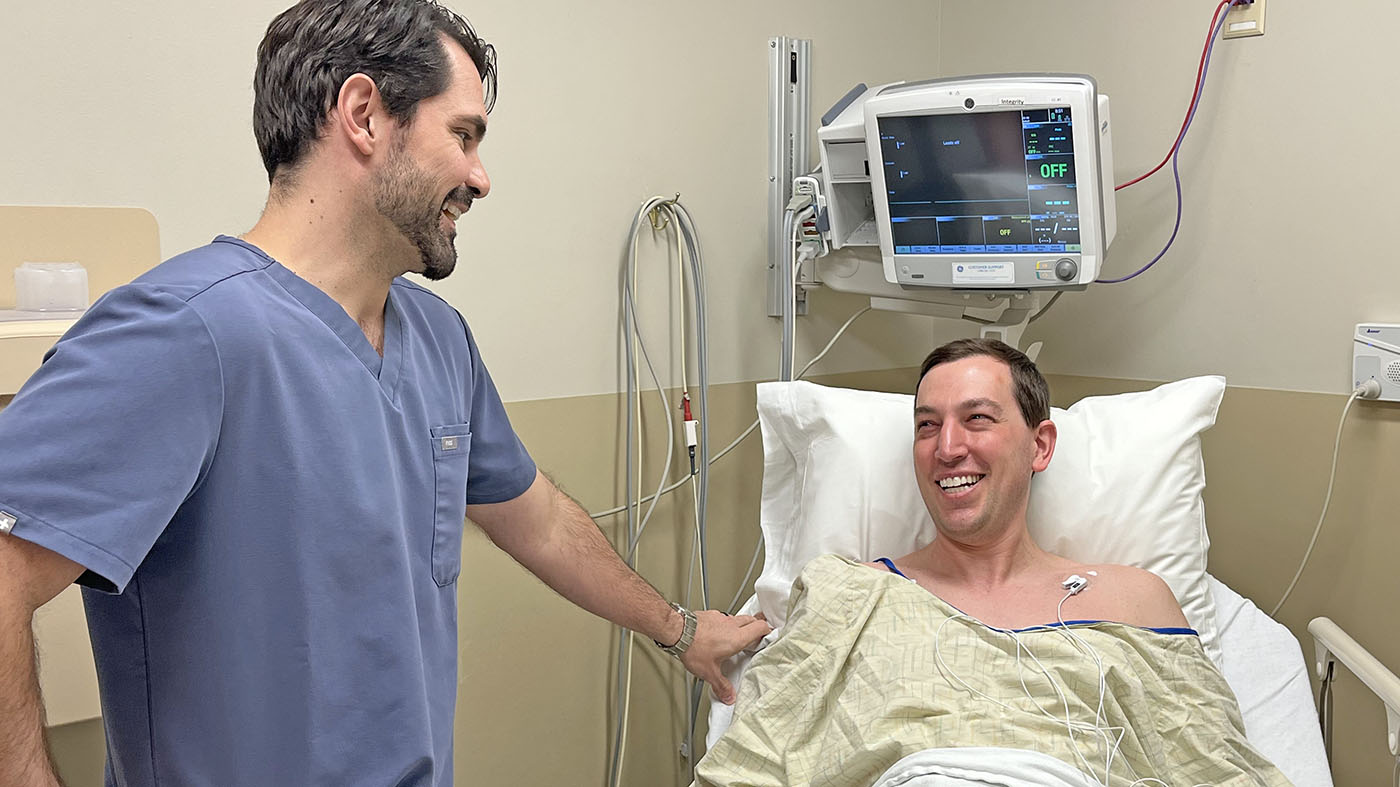Choosing a health care provider is a complicated endeavor. Most of us have experienced the frustration of being told we need a specialist for a procedure and then attempting to navigate a complicated insurance company website to find out who is covered by our plan, only to learn that they aren’t taking appointments for months. Even as a physician myself, I have struggled to align the care I need from a provider in my area with the insurance I have, and we haven’t even started talking about quality.
There is a national debate going on about how to measure quality of the health care we receive and how hospitals and other providers should report quality metrics. Is it low levels of infection rates? What about readmittance rates or mortality following certain conditions? Who determines what is “preventable” anyway? Some would argue that releasing more data is better, while others note that certain geographies or populations simply have different health needs; we are never truly comparing apples to apples when it comes to different facilities across the country. All of this is true, and it is what makes this such a complicated issue that we are closely examining here at the Department of Veterans Affairs.
Veterans have choices
For context, Veterans have more choices today than ever when it comes to where they get their health care. Thanks to the MISSION Act and other efforts, those who have served our great nation have the opportunity to seek health care among a variety of options both directly in VA and through VA’s expanded network of community partners. At a time when there is increasing study into what matters in health care quality, this is good news. Here at VA’s Veterans Health Administration, we are proud that approximately 90% of Veterans surveyed are satisfied with their care, but we know we can always do more.
So how should Veterans make informed choices about where to receive their care? Many of our patients receive care both inside and outside of VA, and VA prides itself on being a transparent organization. We publish a quarterly report on a variety of metrics, but the nationwide lack of consensus on the right metrics makes it difficult for us to translate those reports into real assistance for Veterans facing choices. We are working closely with the Centers for Medicare and Medicaid Services as well as the rest of the Department of Health and Human Services (HHS) and the Department of Defense (DoD) Health Agency to align the metrics we all use, but an industry-wide consensus of what constitutes “quality health care” is still a long way off.
Transparency
A few years ago, VA attempted a solution to the quality measurement issue and instituted a 5-star rating system based on internal metrics. This not only created transparency among our 170 medical centers, it also enabled recognition of top facilities and created incentives for lower performing sites to improve. However, it created an interesting situation. VA was in effect comparing itself to itself, not comparing itself to the choices Veterans have in their communities. Further, because VA used competitive ranking to set the stars, there were only so many four- and five-star ratings to go around and it gave the false impression that one- and two-star facilities were simply bad hospitals. This had the unintended effect of demoralizing staff and discouraging Veterans from seeking care from their local VA.
The fact is those hospitals were often outstanding hospitals in their communities when compared to other local private sector health care facilities. Given VA’s reputation for having such high-quality care, the star rating based on ranking has lost its value as a reasonable summary of quality.
Eliminating the star ratings in 2020
That brings us to today. With the MISSION Act implemented this year, VA is more transparent with Veterans than ever before, making VHA the most transparent of any health care system in the country, possibly the world. This transparency ensures that Veterans and their families can make informed decisions about the quality of our care based on actionable metrics.
It is for this reason that we decided to eliminate the star ratings system starting in 2020. Veterans need to be able to compare VA facilities with other local facilities where they live, not against other VA hospitals across the country. It doesn’t make sense for a VA Medical Center in Arkansas to be compared to one in Boston, as those are two entirely different geographies with unique medical demographics, staff availabilities, etc. There will always be standards used across the country, but direct comparisons are most meaningful in a local market to Veterans making a decision about where to receive health care. Ultimately, the stars do not illuminate what is actually happening in our facilities, instead obscuring the reality on the ground. Additionally, Veterans in VA focus groups have indicated they do not consult the star ratings in making decisions about VA care.
Comparative tools
While we are continuing to make public our internal management information with our Strategic Analytics for Improvement and Learning (SAIL) metrics, every VA hospital website’s home page now features links to comparative tools relating to wait times, quality of medical care and patient experience ratings. This “Compare Your VA Facility” information is drawn from measures provided by such industry-standard sources as the Centers for Medicare and Medicaid Services, National Committee for Quality Assurance, and the Agency for Healthcare Research and Quality, among others. I would note that most private sector facilities do not publish nearly as much data as we do, but we are proud to do so for Veterans to make informed decisions about the options they have for the care they need.
In accordance with Government Accountability Office recommendations in 2017 and 2019, these changes will help Veterans navigate the many new choices available to them under the MISSION Act, the landmark law that puts Veterans at the center of their health care decisions.
VA is proud to offer excellent medical care to millions of the men and women who have served. I hope you will join me in thanking them for their service, and continue to support them with friendship, mentorship, and employment if you are able. It is our national responsibility and moral imperative to ensure this population of courageous, resilient Americans receives the very best, and we are proud to support them with outstanding healthcare.
Dr. Richard Stone is the executive in charge of the US Veterans Health Administration. He is a retired US Army general officer where he served as the Army’s deputy surgeon general and the deputy commanding general of support for US Army MEDCOM. He is a board-certified dermatologist and a Veteran of the conflict in Afghanistan.
Topics in this story
More Stories
VA promotes early nutrition intervention for chronic kidney disease with targeted programs like Heathier Kidneys Through Your Kitchen.
VA Research Advisory Committee on Gulf War Veterans’ Illnesses hosting Veteran Engagement Sessions in Phoenix for 1990-91 Gulf War Veterans.
Navy Veteran and president of the American Medical Association got a colonoscopy and encourages other Veterans to do the same.







